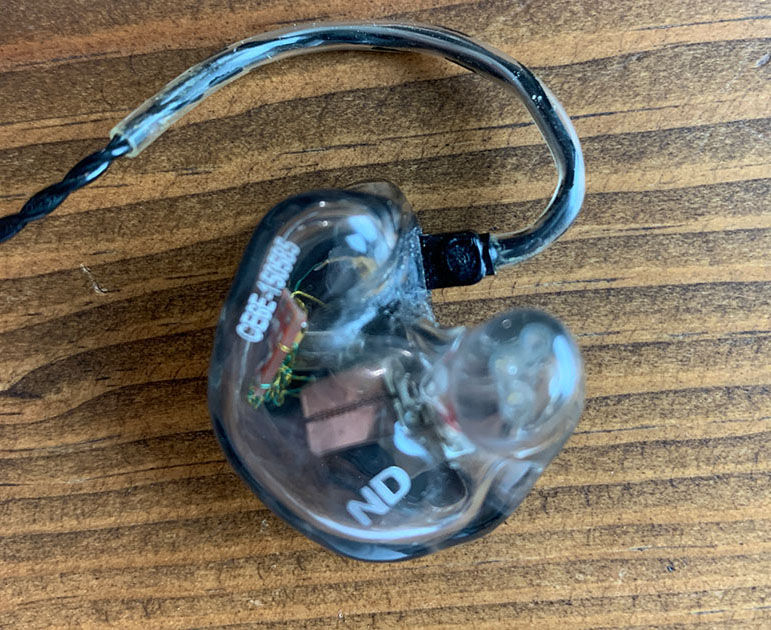
I regularly have people in the street, in public transport or at co-working spaces asking about it - so thought I'd share here.
If you really like listening to music, and strive to maximise your pleasure doing so, let me share with you something I discovered 7 years ago and can't live without since: IEMs.
1995: birth of IEMs
IEM stands for In-Ear Monitors. They are what professional musicians use when playing on stage, to, basically, immerse themselves in the music.
They were invented by Jerry Harvey, in 1995. He was the sound engineer for artists like Van Halen, Kiss, Morrissey, and Linkin Park.
Van Halen was complaining that the noise on stage was too much. The massive volume from the stage monitors (the loudspeakers on stage aimed towards the band) were damaging his ears while not providing clear enough music with the surrounding noise.
Jerry tinkered for a while and came up with the concept of custom in-ear monitors. They were Hi-Fi level and blocked out ambient noise - according to Alex Van Halen, "It was like night and day."
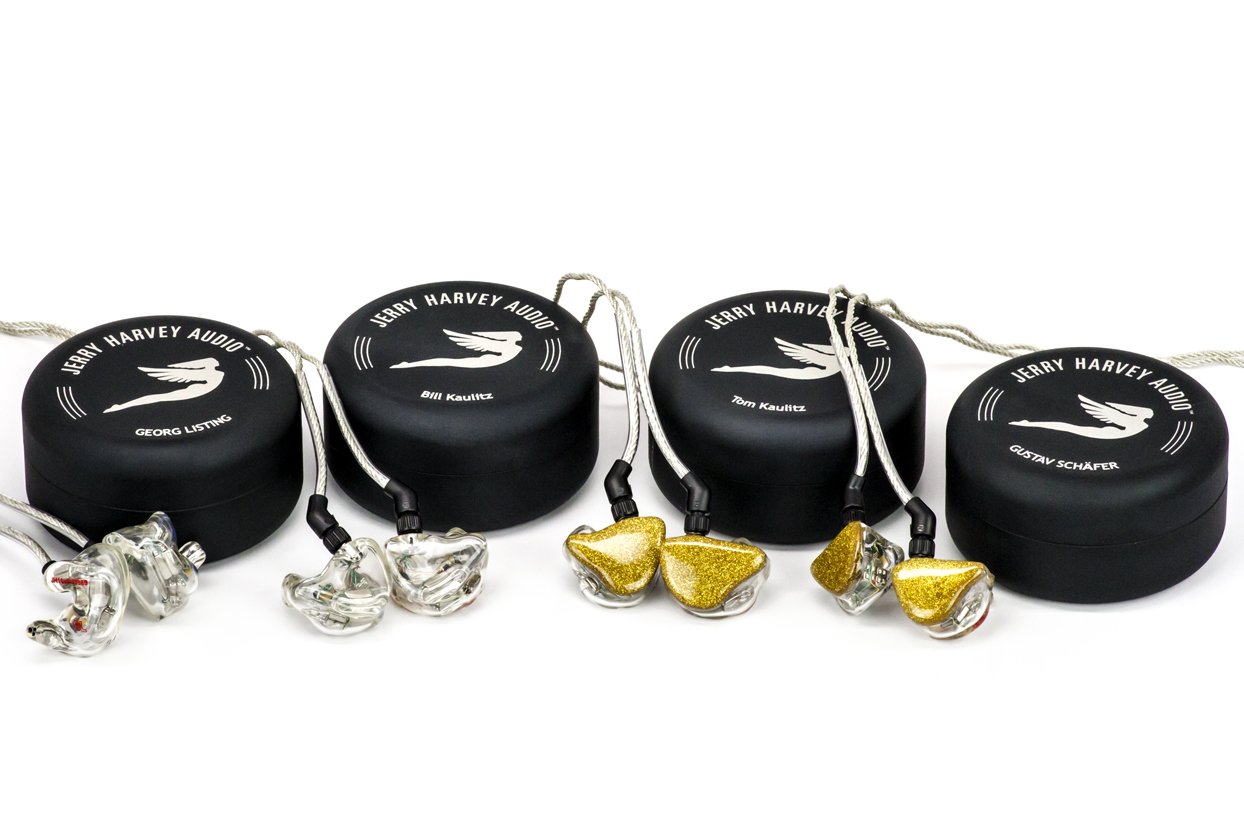
Source: Jerry Harvey Audio
Made for musicians

Photo: Neil Lupin/Redferns via Getty Images

Photo: AP


Professional musicians have obviously the greatest needs for their listening experience.
They need the most accurate representation possible of the music - not just a muddy approximation you get with your iPhone's earbuds.
They need the outside world's noise (or screaming fans) blocked - to not overtake the music.
They need comfort - to play for hours with them.
They need hold - to rock out on stage, while not risking to lose them.
They need durability - as they will be used a lot.
They need discretion - dangling cables in front of you while you're playing and cans over the ears don't really give a rockstar feel to your performance.
... and available to all.
All these benefits are provided by IEMs... and you too can enjoy them, even if it's just for your commute, travelling or to work in a noisy open office:
- crystal clear listening experience (you rediscover some tracks)
- natural noise-cancelling properties
- comfort
- grip
- discretion
- durability
It does require a bit of investment - both in time and money - but it is one of the best investment I have done personally. Enjoying the benefits almost daily, for the last decade!
Your custom earphones
IEMs are basically Hi-Fi loudspeakers built into your ears.

Source: 1964ears.com
Don't fear though, it doesn't hurt!
First you have to get imprints of the inside of your ear taken. This is done by visiting an audiologist. You should be able to find one near you - just make sure to check first that they provide this kind of service. You can also ask for recommendations from the IEM manufacturer - either going to one of their preferred audiologist, or at least get precise guidelines for your audiologist of choice to do the molds.
Here is how an ear impression looks like:

Source: CosmicEars.com
The process takes only a few minutes. The audiologist inserts a special paste in your ear, and takes it out after a while, once it has hardened a bit. It feels a bit weird, but nothing to be scared of.
Depending on the audiologist you visited, s/he can send the molds directly to the manufacturer, or you might have to send them yourself.
Crystal clear sound
You know how Hi-Fi speakers will have 2, 3 or more loudspeakers (drivers) each?

Source: Monitor Audio
The goal is to have dedicated loudspeakers assigned to specific frequencies - low, medium and treble, to keep it simple.
Having just one loudspeaker that handles all frequencies, means that it cannot handle each as best as possible.
By assigning one loudspeaker to each of the main frequency ranges making up the audio spectrum of human hearing, you can ensure each can be tailored and tweaked to reproduce only those specific frequencies as best as possible.
IEMs take this concept.... and size it down to fit in your ear.

Basic IEMs will have 2 mini loudspeakers - just like entry level Hi-Fi speakers - while high-end IEMs can fit up to 12 mini loudspeakers in that tiny space that is your ear!

Source: EarSonics
The more loudspeakers, the more accurate representation of the music you will achieve.
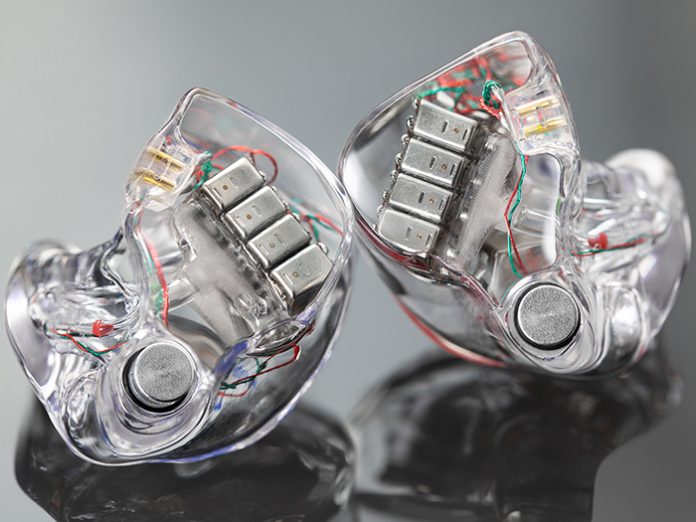
This 18-driver IEM will launch in 2020. Source: 64Audio.
Mine are on the low-end of the market, with only 2 loudspeakers - but the upgrade from all the "off the shelf" headphones I had tried before (and I tried a lot!) is significant.
My IEMs provide a better sound, more details, more depth, more space than quality off-the-shelf earbuds.
At a certain point, the question is if your non-educated ear can actually hear the level of details.
Natural noise-cancelling
Because the IEMs are moulded to fit your inner ear as perfectly as possible, it will naturally block out all external sounds. Like perfectly sized earplugs.
The material used to make the IEMs also expands slightly with heat. So after 30mns or so of wearing them, the seal will (should) be absolutely perfect.
And no digital voodoo applied to your music to invert sounds from the outside (what typical noise-cancelling headsets will do), sucking up battery and adding an artificial "sound layer".
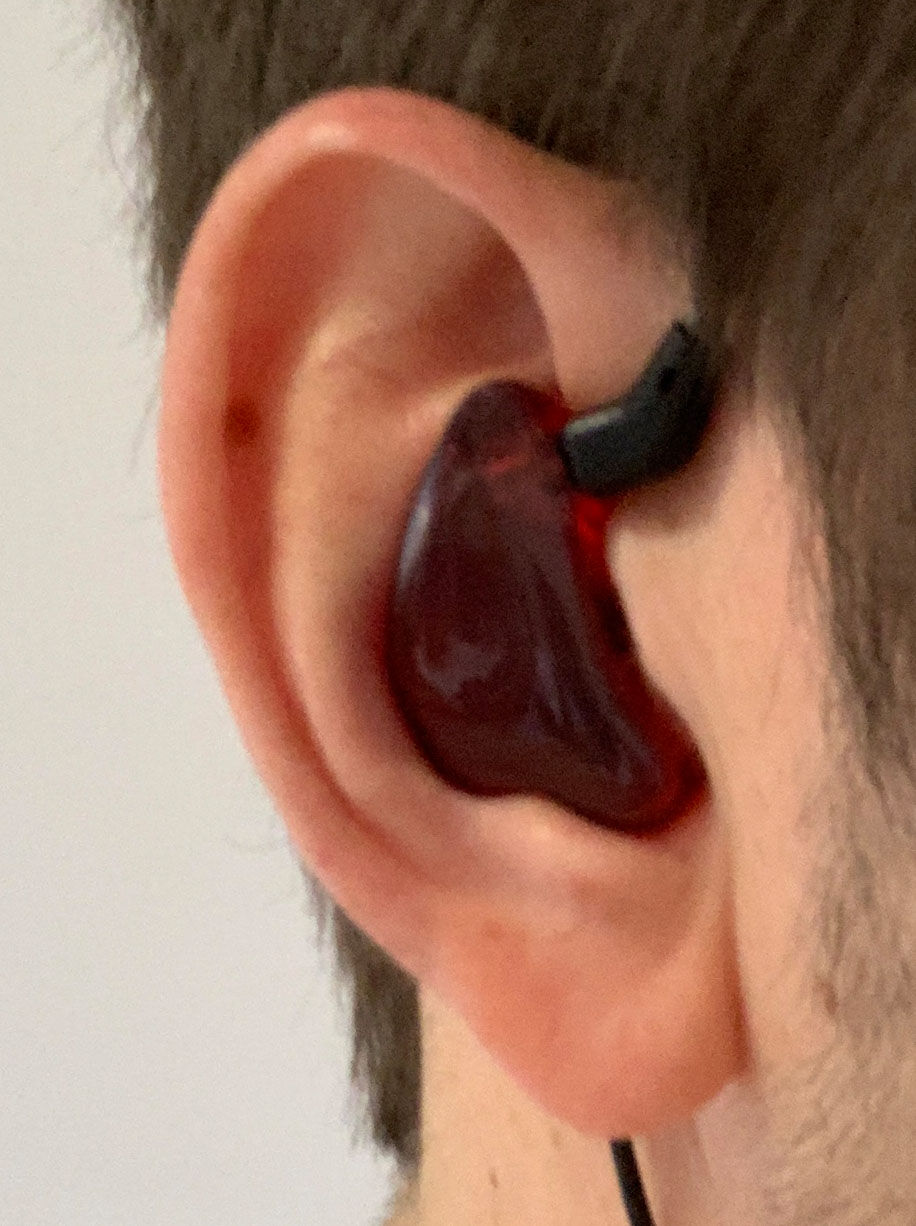
Comfort
Beyond natural noise cancelling properties, the fact that the IEMs are moulded to fit your ear, means they fit like a glove. A perfect glove. A custom-made fit.
No more fiddling with having to find the right earbud tip size.
Furthermore, the design of IEMs gets (????) the cable behind the ears. It might feel weird at first, but believe me, once you're used to it, it's actually much more comfortable than a dangling cable that pulls your earphones down (and out) while not being in your way when your head tilts forward (like right now writing this on my laptop.
Hold
So.. getting the IEMs in your ears in the first place, requires a little bit of practice at first to be smooth. But you quickly get the hang of it.
And when they're in, there is literally NO way for them to fall off. Under any circumstance.
Go ahead.. rock out as wildly as you want while having them on. Your head will fall first before they do!
Discretion... or not
With the custom in-ear design, and cable behind the ears, it provides a discrete solution compared to the alternative Hi-Fi solution of wearing a big headset. Which many people do not feel comfortable doing - for comfort, or looks.
Though if you want to be flashy, you can!!!

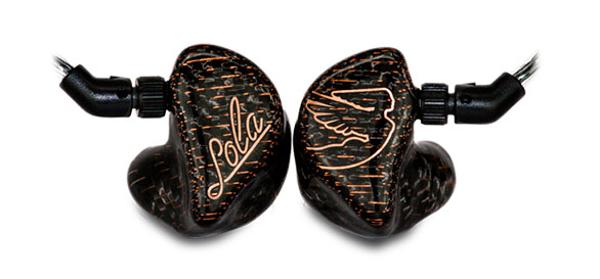


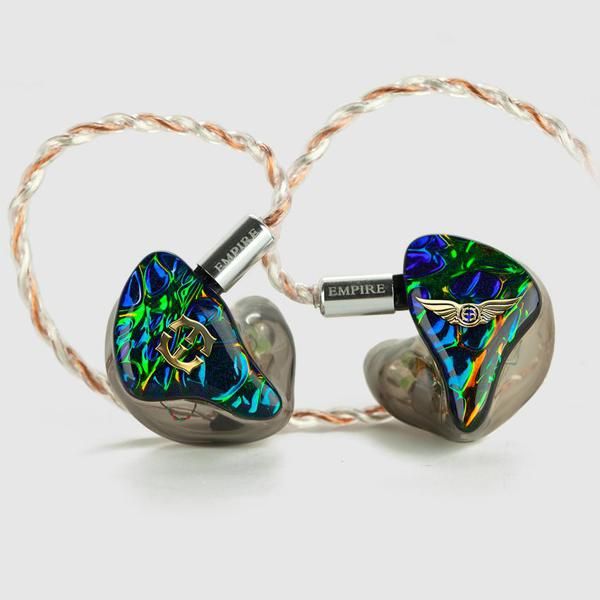
Durability
I have had two different IEMs since 2005.
Both are heavily used (one pair for travelling, one at home - though that's just me.. the same could be used obviously for both), and seem like they can last a lifetime.
The weak point usually with cheap earphone is the cable. Especially the connector. With IEMs, the cable is detachable (there is a whole market for buying alternative premium cables even) and can be replaced at will. The 2-pin connector is relatively standard in the industry.
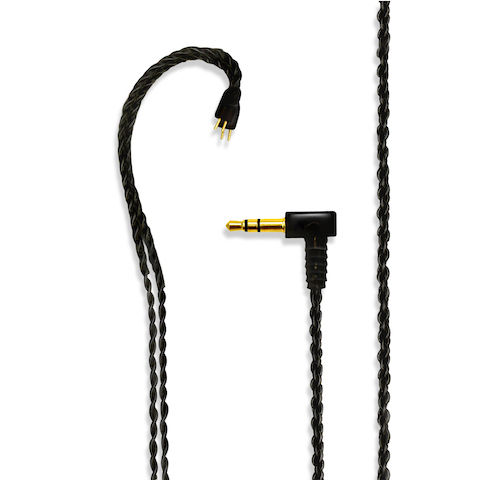
I only changed the cable once on one of the IEMs. And not even because it was too damaged - they are actually more durable than your run of the mill earphone cable - but because I wanted to test the quality difference with a premium cable.
Price
Molds of your ears will cost around $50 to $100 depending on where you have them done. Though molds can be reused for more than one custom IEM - some manufacturers also offer to keep your molds in their archive for future orders.
Getting custom IEMs made will cost between $300 to $3,000, depending on the manufacturer and model.
As I said.. it requires a bit of investment. But buyers don't regret it (as far as I know) - I surely don't!
And the low end of the ranges all provide most of the benefits, with sonic performance already above most "off the shelf" headphones.
My custom IEMS
My 2 custom IEMs are:
JH5 from Jerry Harvey Audio

At $399, they were in 2013 the 2nd option up from the lowest one in their range at the time.
A two-driver model (one for low, one for high).
These are the one I use at home, as they are the "best quality" IEMs I possess.

Their range goes up to 8 drivers though!
As the inventor of custom IEMs, Jerry Harvey Audio is the reference. Though the products (and prices) are really focused on professional musicians.
They are based in Florida, so means sending/receiving packages to/from the US.
CE2P from Cosmic Ears
https://www.cosmicears.com/products/starburst/sb-ce2p/
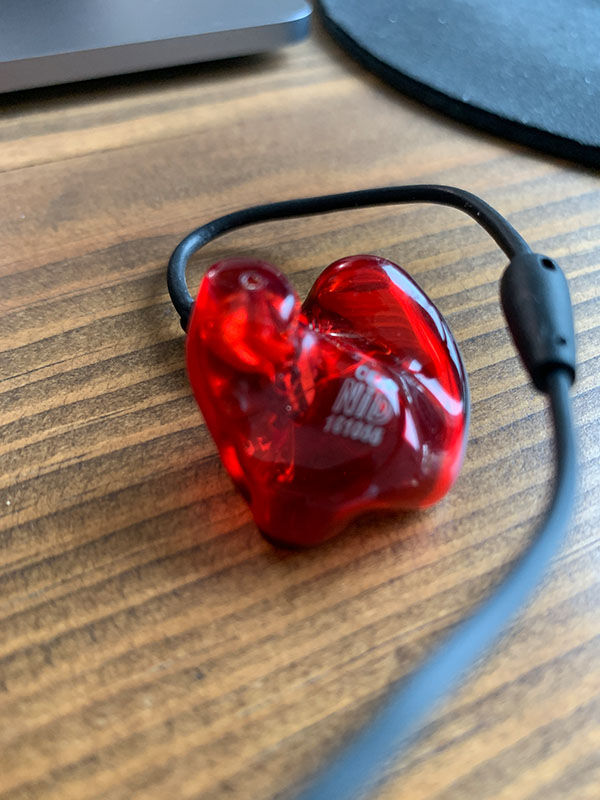

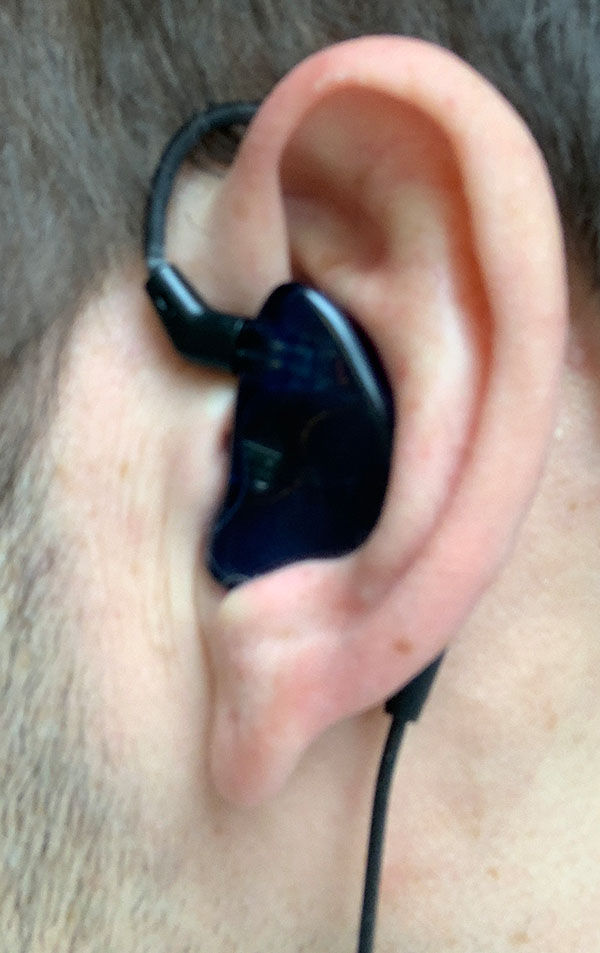
Also a two-way model, they are the ones I use while travelling and commuting. I own them since 2015.
Cosmic Ears is a UK based manufacturer - which made sending/receiving easier - and are more "affordable" for the everyday music lover.
Where to buy custom IEMs?
Beyond Jerry Harvey Audio 🇺🇸 and Cosmic Ears 🇬🇧 there are many other IEM manufacturers to choose from, including:
Westone 🇺🇸
Sensaphonics 🇺🇸
Noble Audio 🇺🇸
Custom Art 🇵🇱
ACS 🇬🇧
Ultimate Ears 🇺🇸 (Jerry Harvey's 1st company, acquired in 2008 by Logitech)
Earsonics 🇫🇷
64Audio 🇺🇸
And some retailers have specialised themselves in IEM, like CustomIEM in 🇬🇧.
You can find other brands of custom IEMs here: https://indexall.io/hi-fi/products/custom-iem/
The bad news?
IEMs on their own will not magically make your music better, if the source you use is not good (like a bad MP3). And if the conversion from digital to analog is not done well.
Part 2 and 3 will shed more light on this trifecta of music lover's geekness.
Want to know more? The Head-Fi forum is a good place where the community exchanges.
